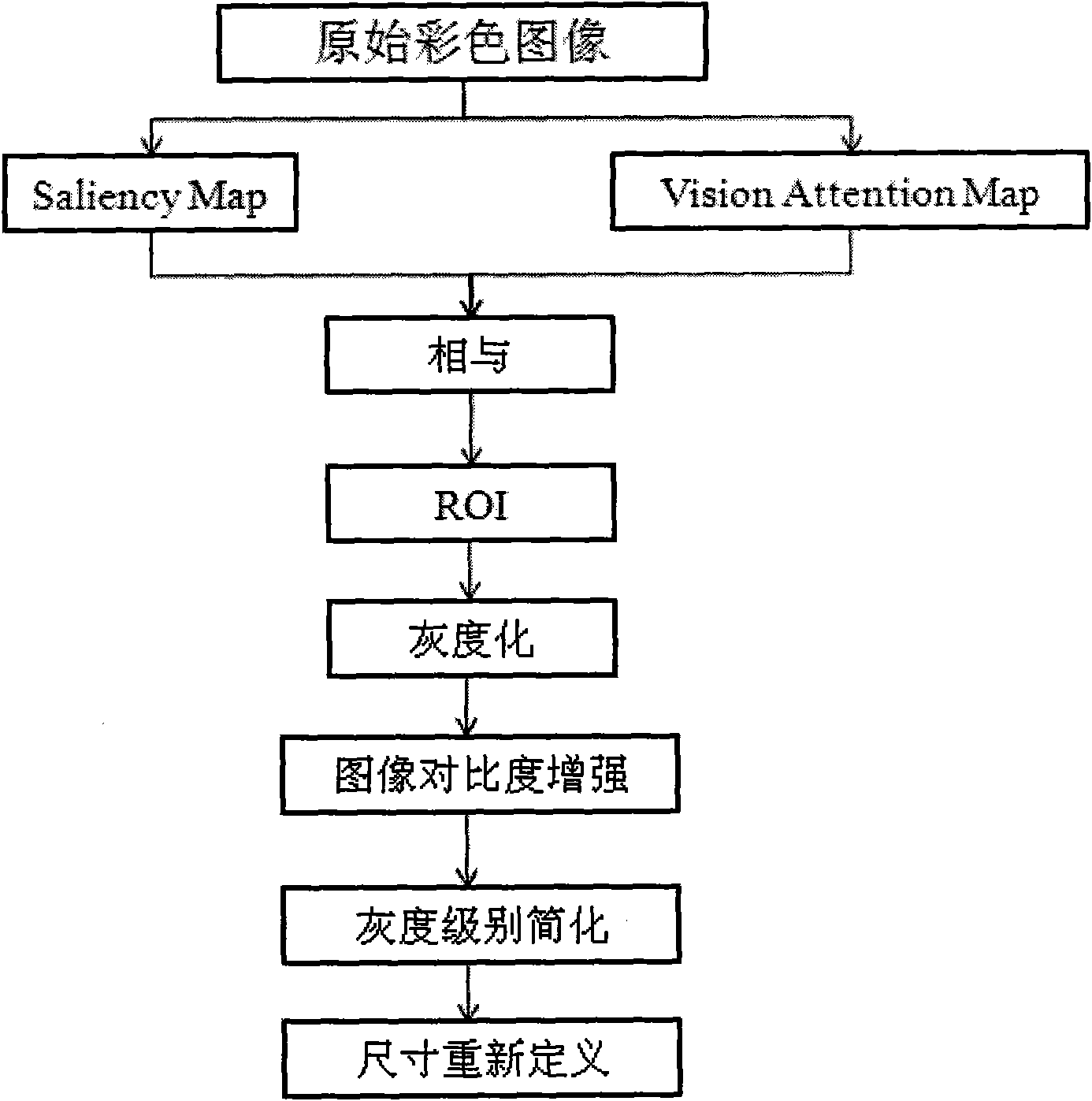Design of high-density microelectrode array outer-layer artificial retina front-end system
A microelectrode array and front-end system technology, applied in the field of biomedical engineering, can solve problems such as no technical solutions, achieve high data volume and high energy efficiency, reduce area, improve biological adaptability and biological safety.
- Summary
- Abstract
- Description
- Claims
- Application Information
AI Technical Summary
Problems solved by technology
Method used
Image
Examples
Embodiment Construction
[0020] The embodiments of the present invention are described in detail below in conjunction with the accompanying drawings: this embodiment is implemented on the premise of the technical solution of the present invention, and detailed implementation methods and specific operating procedures are provided, but the protection scope of the present invention is not limited to the following the described embodiment.
[0021] Such as figure 1 As shown, firstly, the external image information is obtained through the image acquisition module, and the obtained image information is extracted through the image ROI and some image processing and encoding, and then output to the data and energy wireless transmission module for modulation, and then wirelessly transmitted to the eye together with the energy; The micro-stimulator module converts the received stimulation data into two-stage stimulation current pulses, which are output to the micro-electrode array to generate stimulation.
[00...
PUM
 Login to View More
Login to View More Abstract
Description
Claims
Application Information
 Login to View More
Login to View More - R&D
- Intellectual Property
- Life Sciences
- Materials
- Tech Scout
- Unparalleled Data Quality
- Higher Quality Content
- 60% Fewer Hallucinations
Browse by: Latest US Patents, China's latest patents, Technical Efficacy Thesaurus, Application Domain, Technology Topic, Popular Technical Reports.
© 2025 PatSnap. All rights reserved.Legal|Privacy policy|Modern Slavery Act Transparency Statement|Sitemap|About US| Contact US: help@patsnap.com



